From a new twist on a wooden cabin to an experimental 3D-printed concrete house, our selection of the best houses of 2020 showcases the 10 most interesting and well-designed examples of residential architecture we’ve seen this year.
We’ve been flexible with our definition of a “house” here in favor of highlighting a variety of outstanding projects, from small private homes to large residential buildings. Our picks are described below, but be sure to check out the gallery for a closer look at each one.
Anna Stay – Caspar Schols
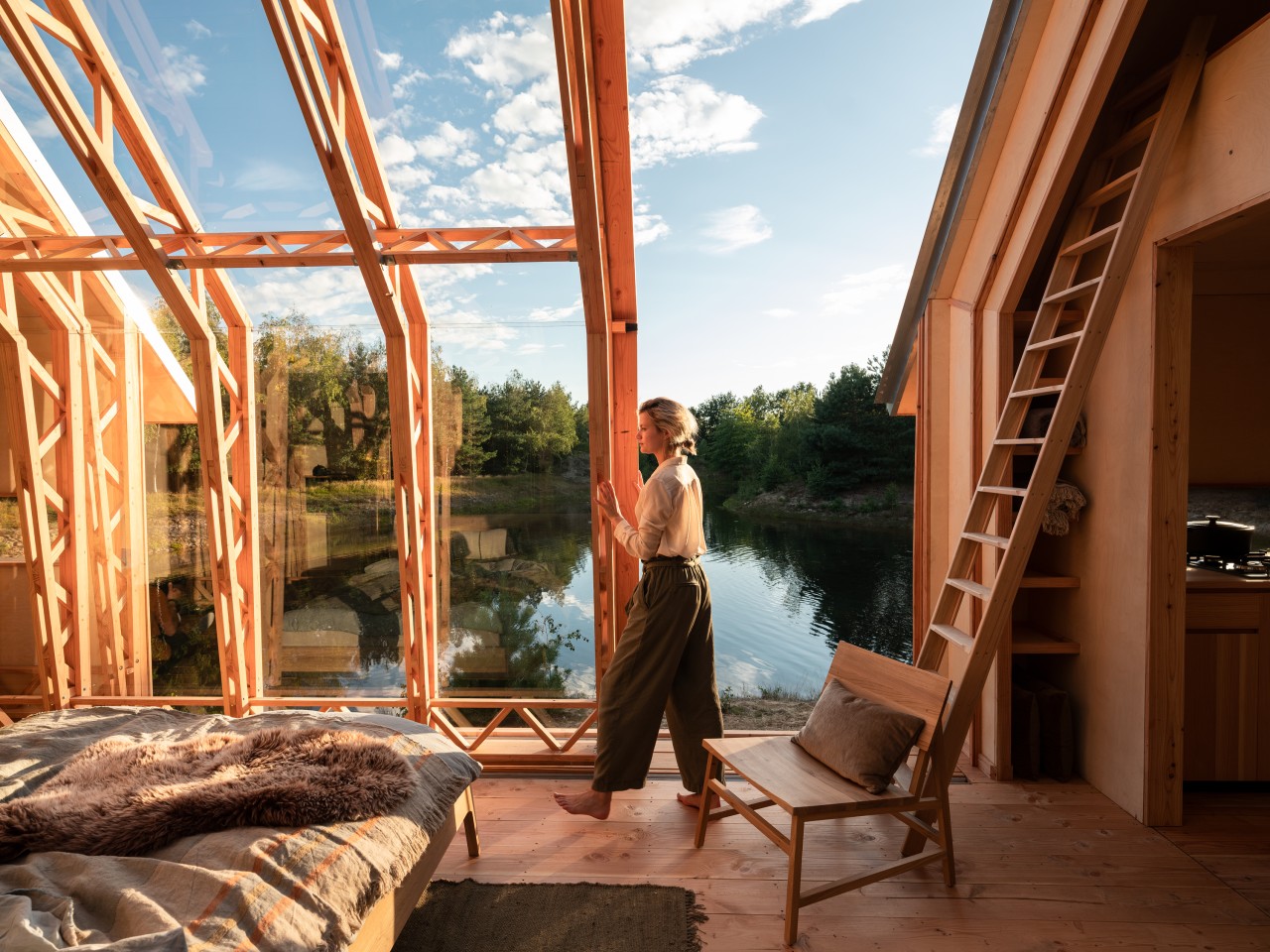
Jorrit ‘t Hoen/Tonu Tunnel
The Anna Stay, by London-based Caspar Schols, is a stunning modern take on the classic wooden cabin and has walls that can slide apart to open it up to the outside, allowing its owners to embrace a semi-outdoor lifestyle or close themselves off completely in colder weather.
The interior of the cabin is mostly arranged on the ground floor, though a removable ladder also provides access to a secondary mezzanine bedroom.
3D-printed prototype house – Kamp C
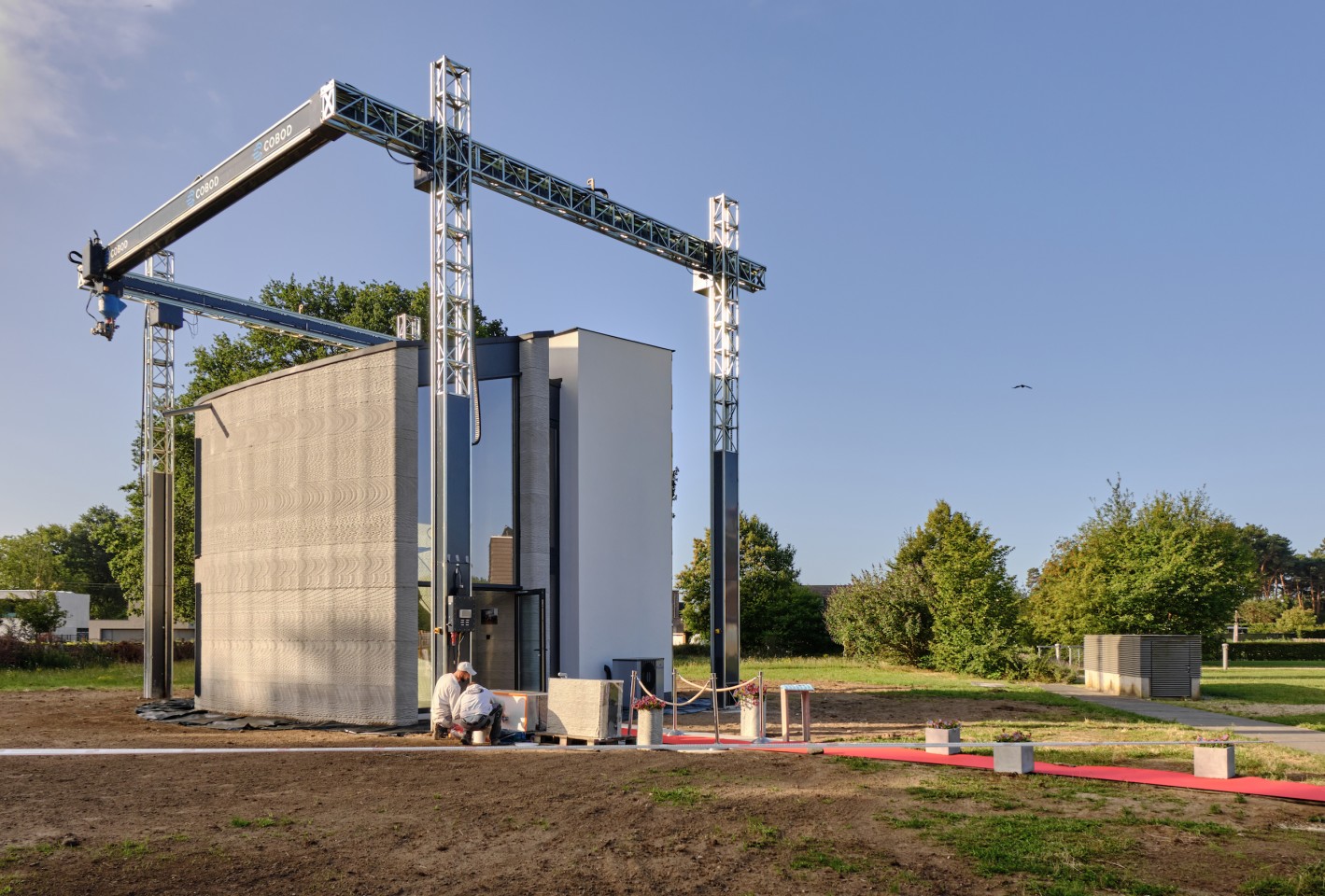
Kamp C & Jasmien Smets
3D printing quite possibly represents the future of residential architecture, allowing firms to let robots do most of the manual work. We’re not quite at that point yet, but this 3D-printed prototype home represents a step in that direction.
Kamp C in Belgium used Europe’s largest 3D printer to construct a two-story home. The build process went just like other 3D printing architecture projects and involved extruding a cement-like mixture out of a nozzle and building up the basic structure in layers until it was complete. Human laborers then came in and put the finishing touches in place, such as the roof. The interior is fully functional, though nobody is going to be living in it as it’s for research purposes only.
House inside a Ruin – ORA
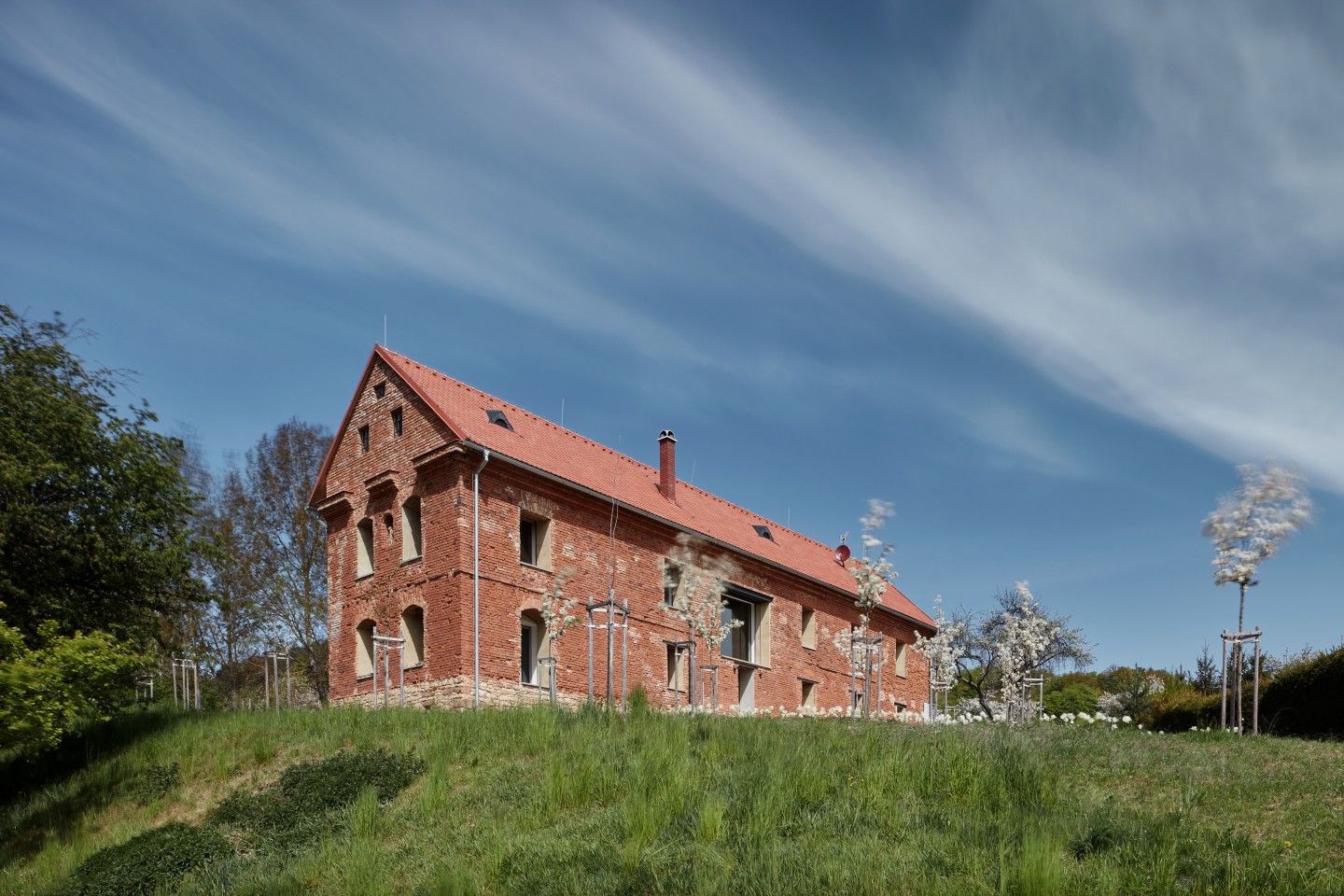
Jakub Skokan and Martin Tůma/BoysPlayNice
After being commissioned to turn an old dilapidated building in the Czech Republic into a residence, ORA briefly considered a typical restoration. However, the firm decided on a more radical approach instead, tearing down the interior and inserting a new modern home within.
The aptly named House Inside a Ruin retains the old exterior but inserts a shell made from insulated brick that serves as the interior. Structurally sound wooden beams and boards were used to create the ceiling. Though you can still clearly see the old structure in several places, the interior is comfortable, light-filled and spacious.
Union House – Austin Maynard Architects
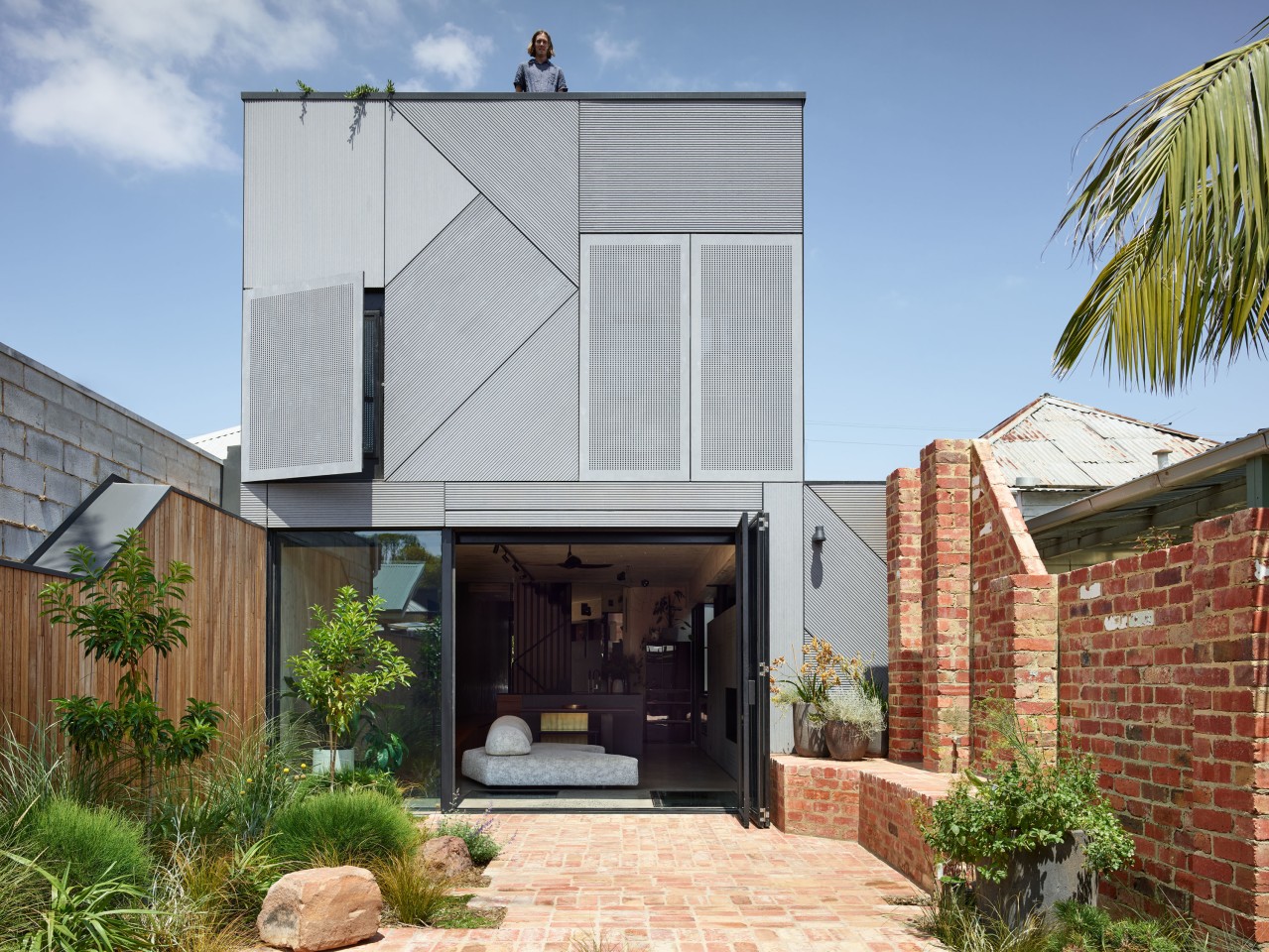
Derek Swalwell
Austin Maynard Architects has a lot of experience renovating old Australian homes to make them energy-efficient and suitable for modern families. With the Union House, the firm added novel extras along the way too, including a slide, nets, a climbing wall, and a hidden entrance.
The project centers around the installation of a large new CLT (cross-laminated timber) extension which now forms the main body of the home, allowing the family to continue to live comfortably in the house as their children grow.
Gardenhouse – MAD Architects
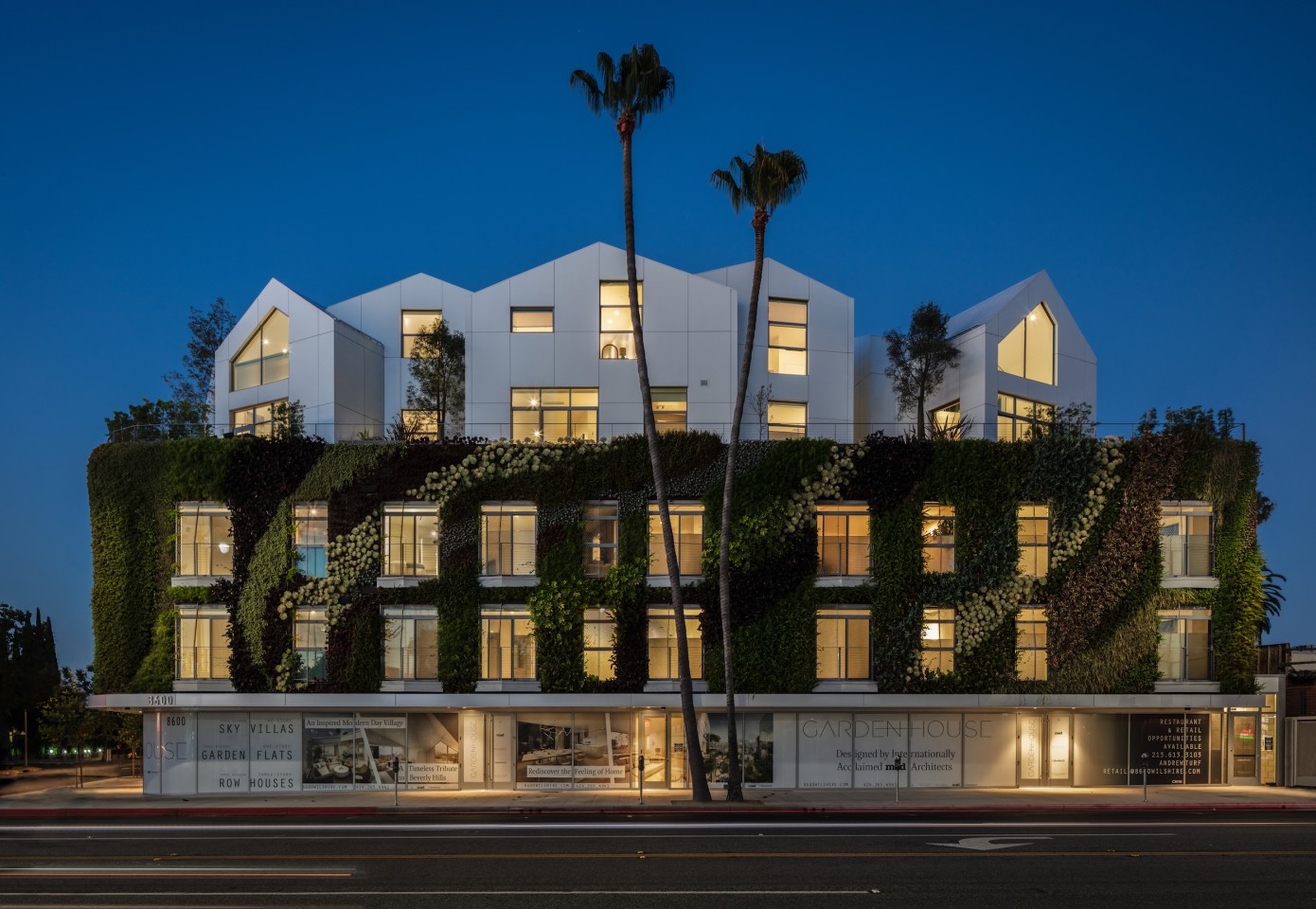
Darren Bradley
With its Gardenhouse, China’s MAD Architects hoped to recreate the feeling of a traditional Chinese hillside village in Beverly Hills. The luxury housing project consists of a large base hosting retail space, a gym and homes. The base is covered with vines, and is one of the USA’s largest green walls, according to MAD.
Gardenhouse includes two studios, eight condominiums, three townhouses, and five villas that share a uniform style, with a modern light-filled interior. They are centered around a courtyard area that features a reflective pool and greenery, and forms a gathering place for residents to meet.
XS House – Interface Studio Architects
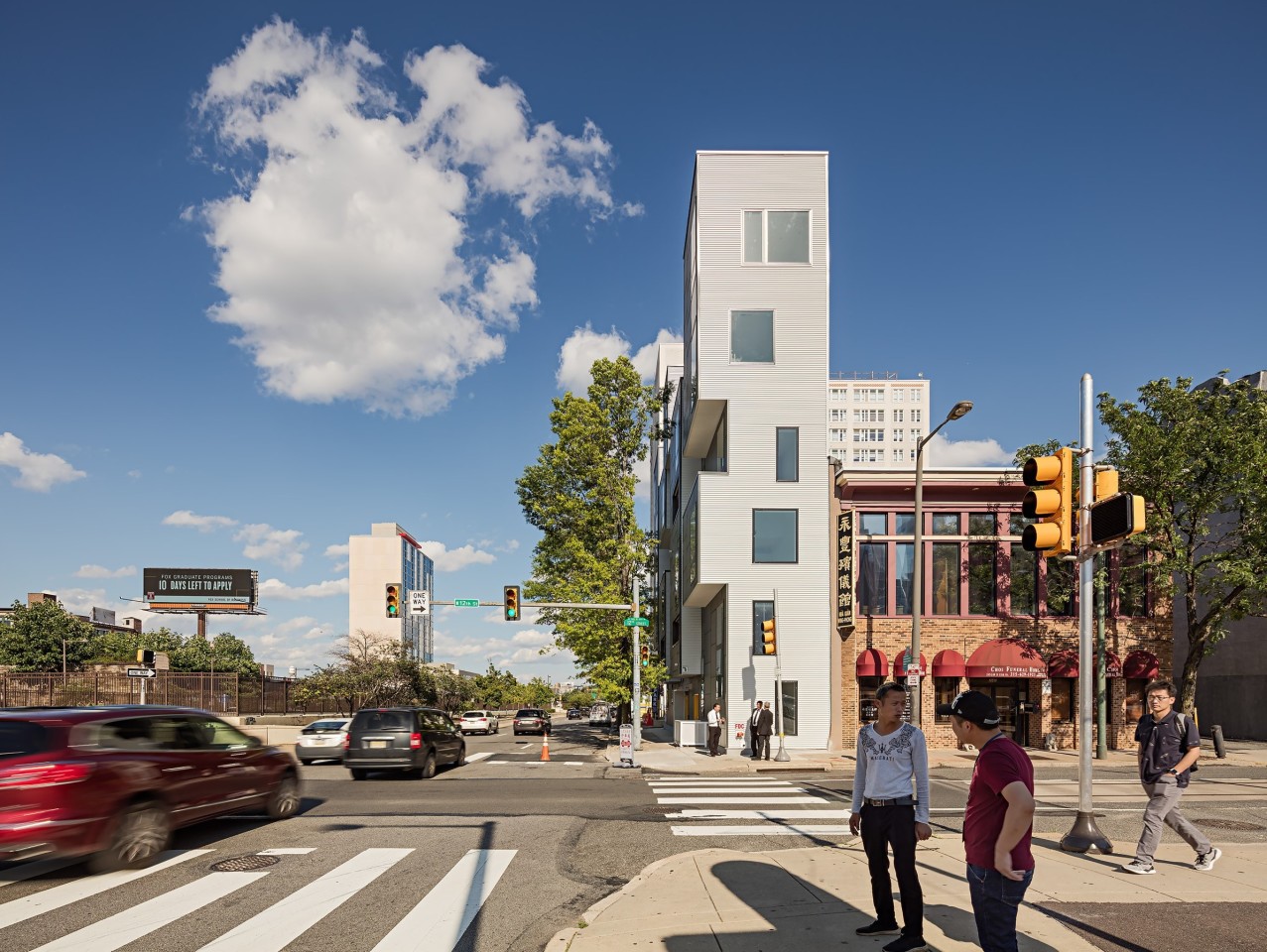
Sam Oberter
Interface Studio Architects previously made our 2019 best of list for its innovative use of unusable inner-city space with its Tiny Tower and the firm has now repeated the trick with the XS House, which squeezes an impressive seven apartments onto a cramped inner-city plot in Philadelphia, Pennsylvania, that was previously used to park two cars, measuring just 11 ft (3.3 m) in width.
Despite such cramped dimensions, the interiors of the apartments look surprisingly livable, with high ceilings and ample daylight, plus a minimalist interior decor that suits the small space. The project could potentially serve as a blueprint to put undesirable plots in other cities to good use as affordable housing.
130 William – Sir David Adjaye
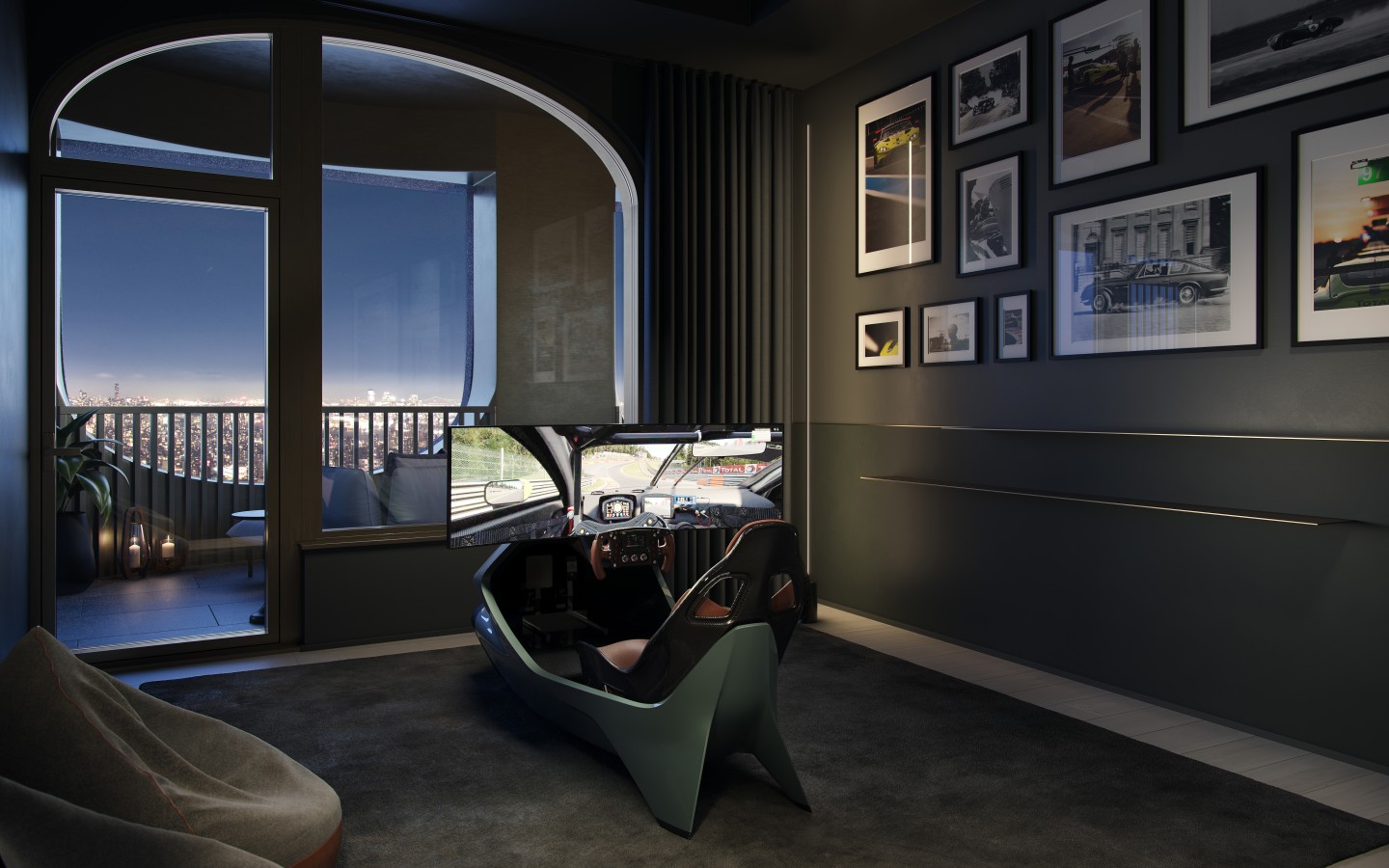
Aston Martin
Sir David Adjaye joined forces with British automotive giant Aston Martin to design five luxury homes for car lovers in Adjaye’s almost-completed New York City skyscraper, 130 William.
The homes offer plush interiors with an automotive design influence. They are furnished with the Aston Martin Home Collection by Formitalia, with every piece made in Italy from materials like Nero Marquina marble and Italian oak. Each home also comes with a special edition Aston Martin DBX and the option to include a racing simulation room.
Dolunay Villa – Foster + Partners
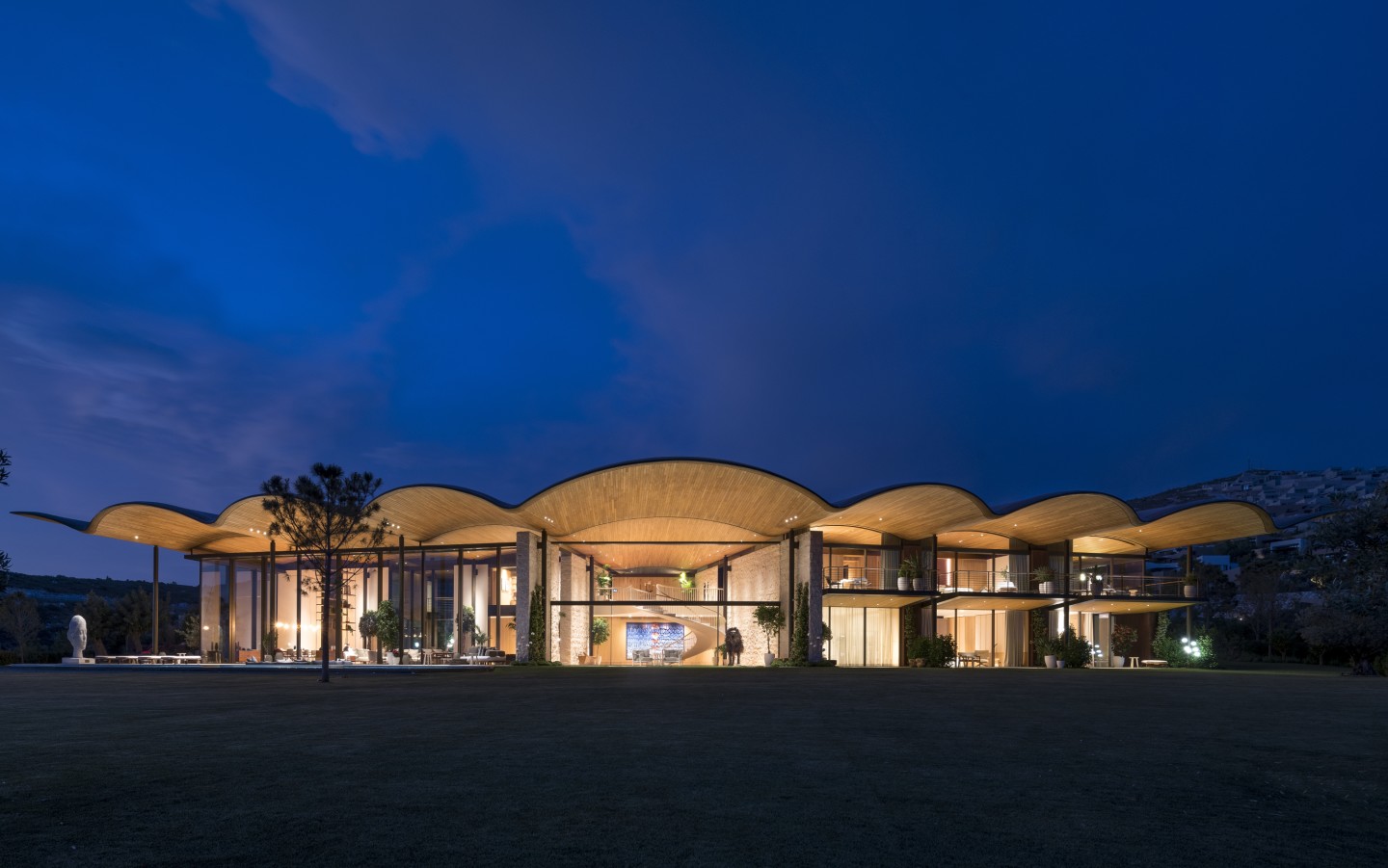
Nigel Young / Foster + Partners
The Dolunay Villa in Turkey’s southwestern province of Muğla shows what happens when a huge firm like Foster + Partners deigns to design a private home.
The luxury residence takes its place well among the landscape with its undulating timber roof, while expansive glazing frames the view for those inside. The living and dining areas are to the west, offering superb views of the Aegean thanks to its generous glazing. Some of that glazing can be slid open too, allowing the breeze to permeate within.
Invisible House – Tomas Osinski
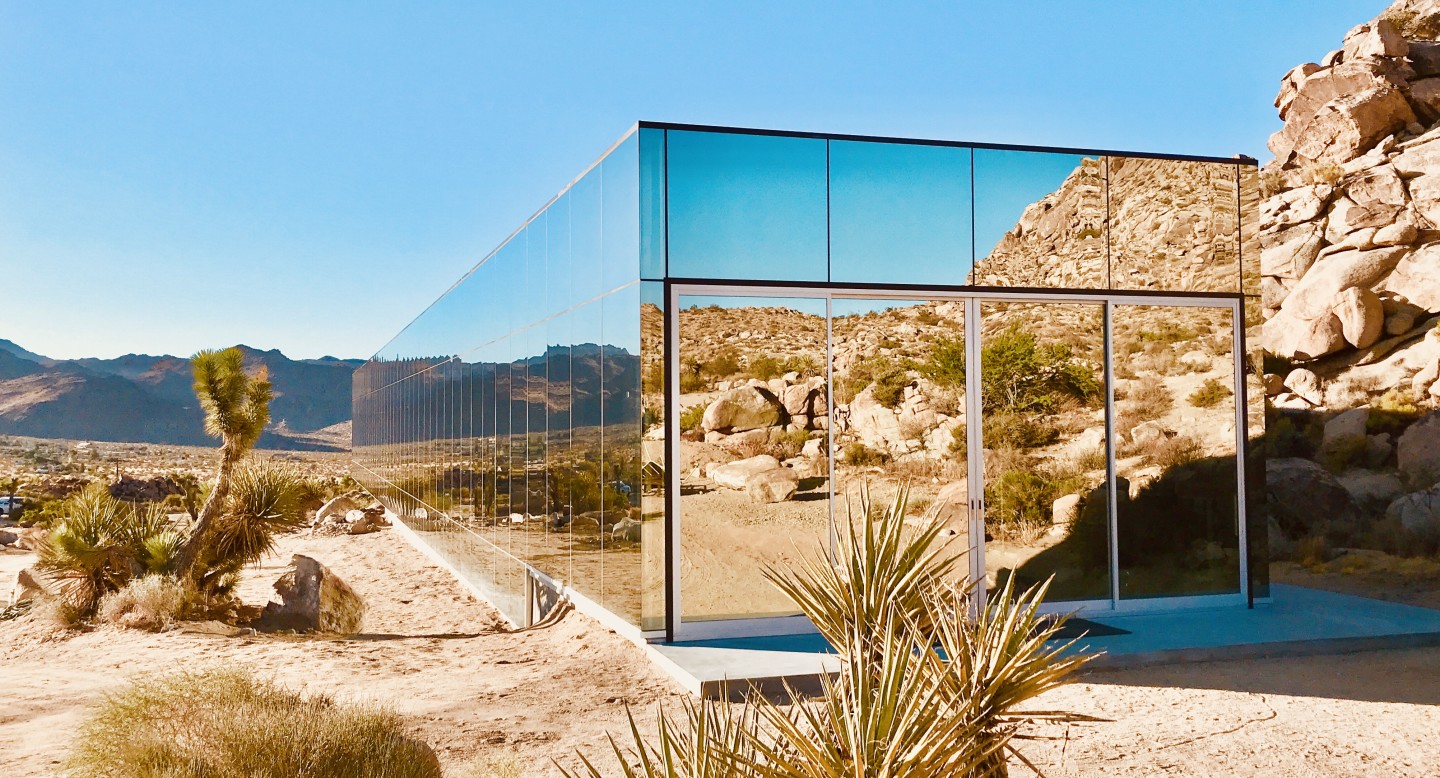
Tomas Osinski
Located in the Californian desert, the Invisible House, by Tomas Osinski, is definitely one of the more unusual homes we’ve seen this year.
The house is partially raised over the ground on concrete stilts and juts out over the rocky landscape. It takes the form of a simple glass rectangle and is finished in Solarcool glass, which has a mirrored coating and helps keep the interior from being unduly warmed by the Sun. There are some nice features hidden away inside too, including a large pool area with a projector for movie screenings and four bedrooms that open to the outside.
MLK1101 Supportive Housing – Lorcan O’Herlihy Architects
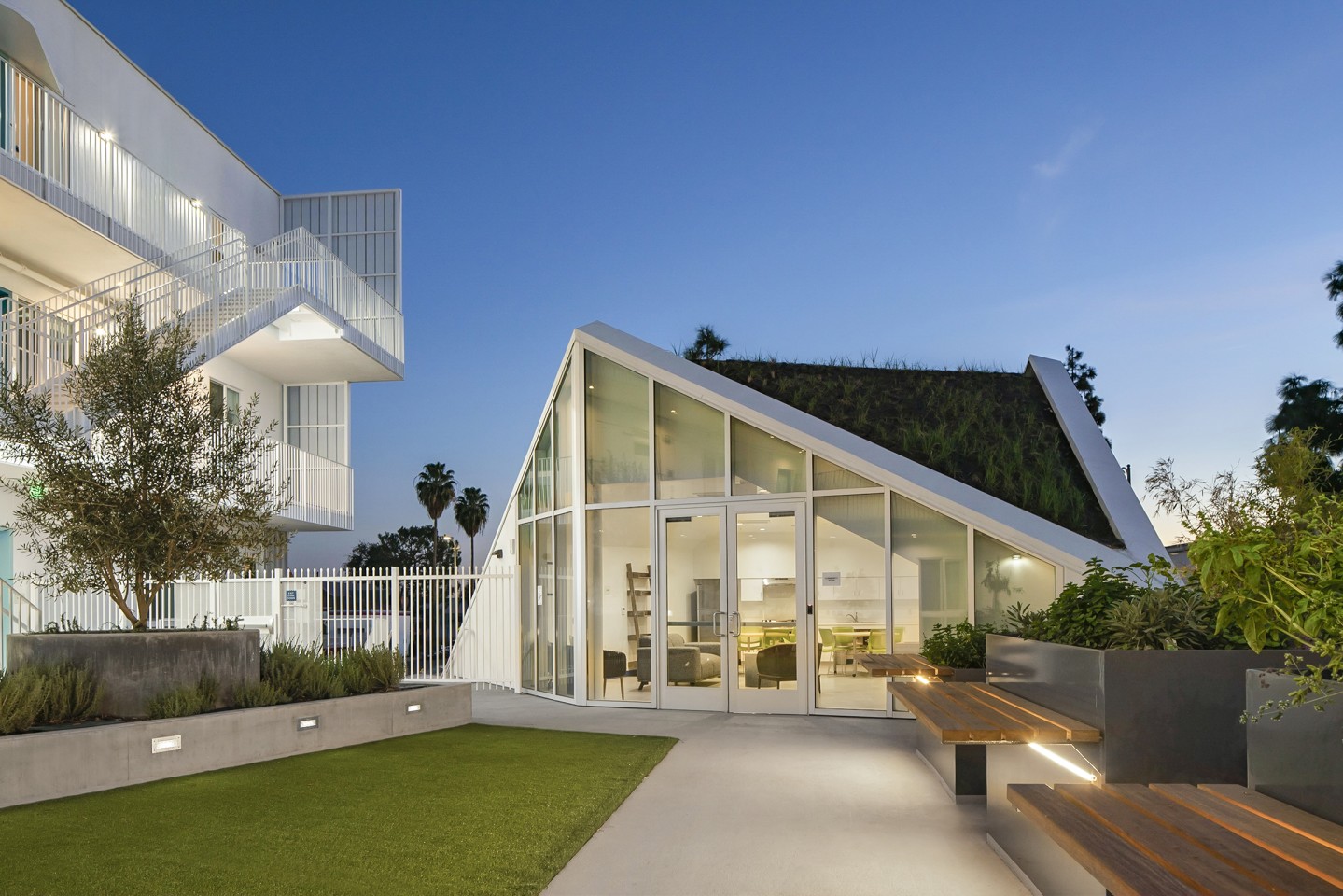
Paul Vu Photography
The Lorcan O’Herlihy Architects-designed MLK1101 Supportive Housing in Los Angeles provides a safe and affordable home to homeless people and other vulnerable groups. The project also incorporates several energy-efficient design choices, such as solar hot water heating and a focus on natural lighting and ventilation.
It contains a total of 26 residential units ranging in size from one to three bedrooms. Each is equipped with its own kitchen, living spaces, and bathroom. There are also shared amenities like a kitchen and dining areas, group therapy and more.
Source of Article